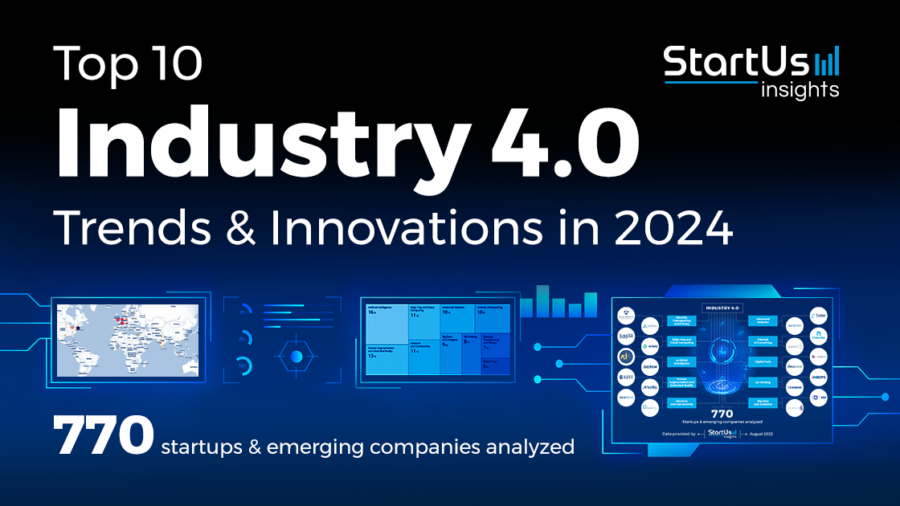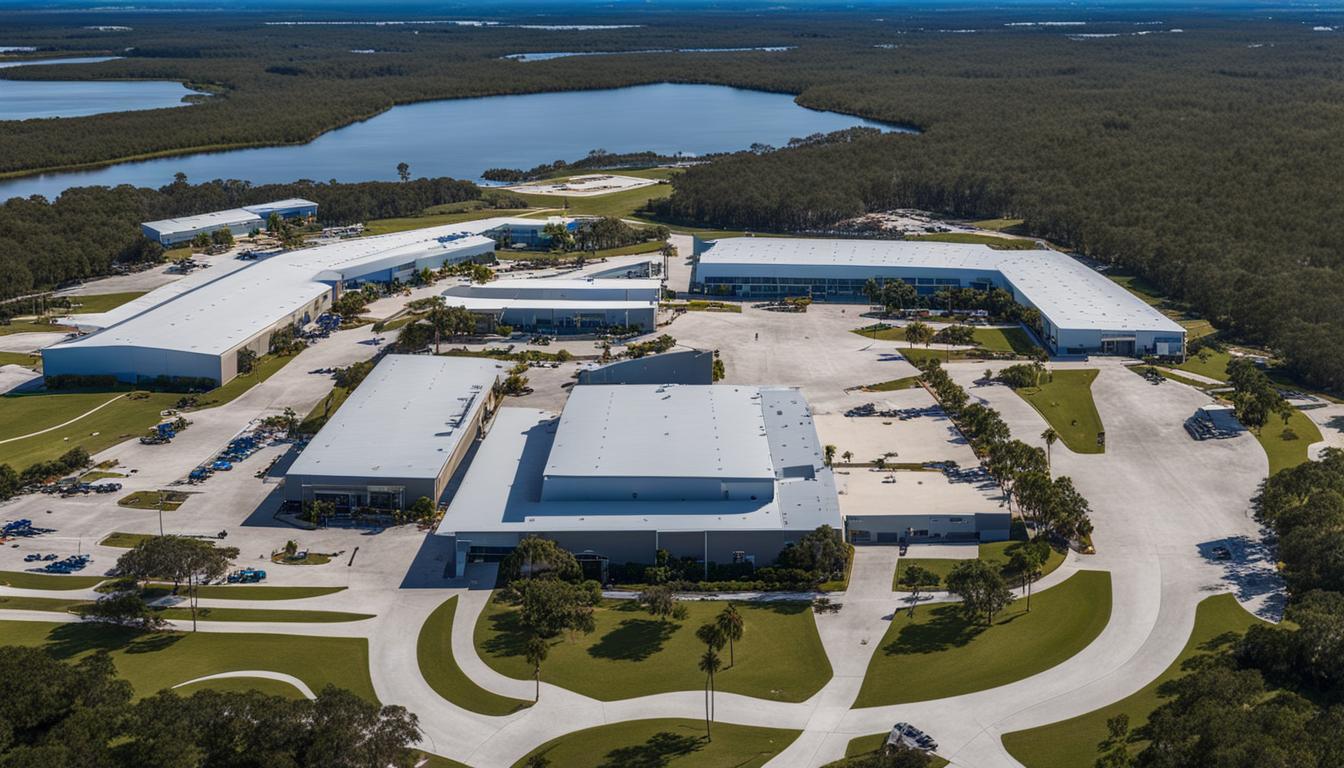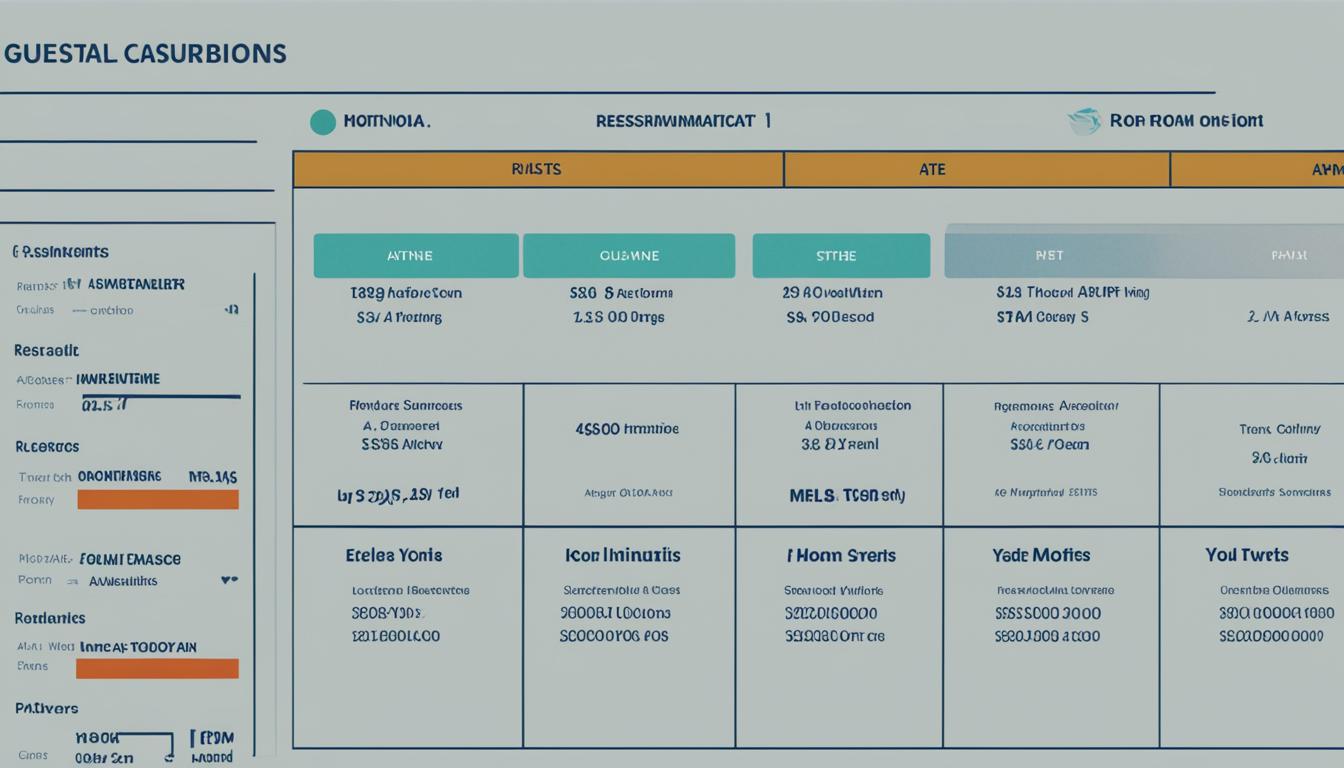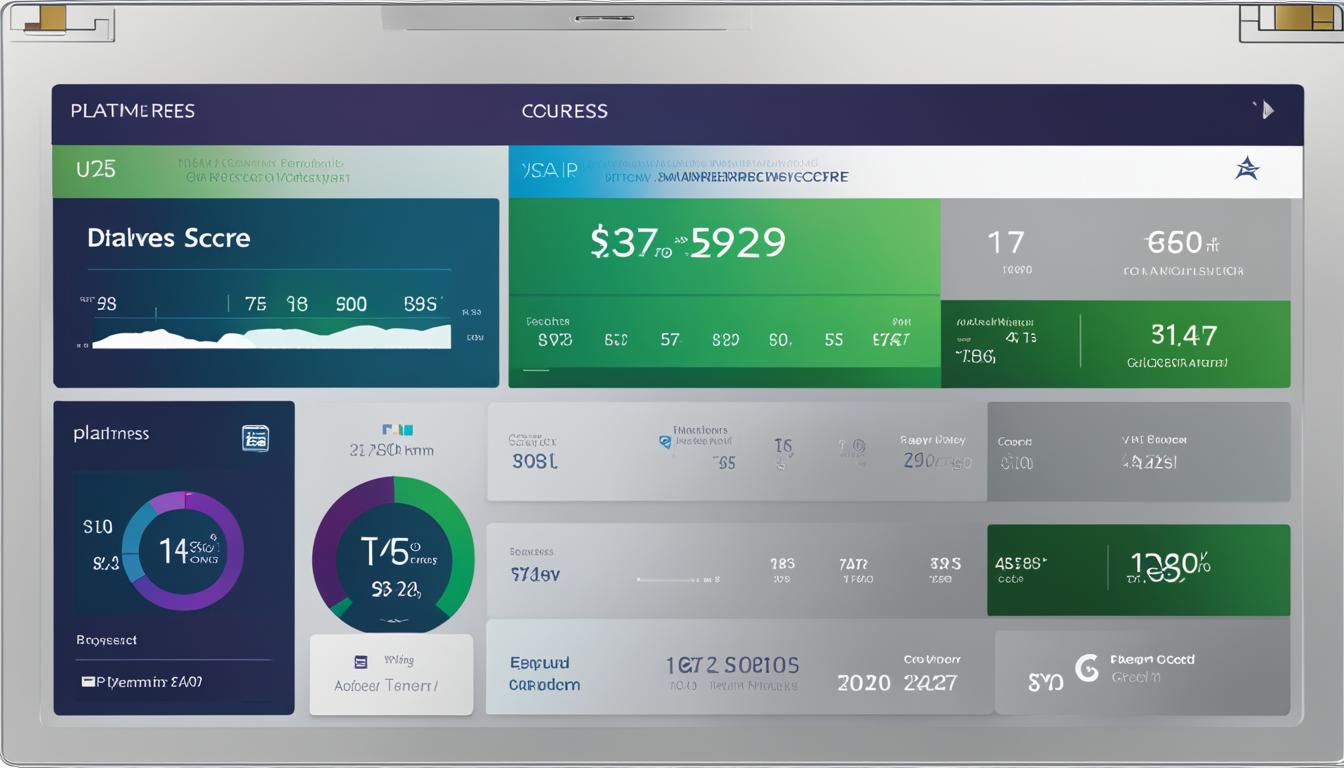Top 5 IT Services Industry Trends Expected for 2024

Image Source: FreeImages
The IT services industry is constantly evolving, driven by emerging technologies and changing market dynamics. As we look ahead to 2024, several trends are expected to shape the industry and influence the business landscape. In this article, we will explore the top five IT services industry trends that are predicted to have a significant impact in 2024.
Cloud Cost Optimization
In 2023, cost optimization emerged as a top priority for enterprises, driven by economic challenges and tight budgets. This trend is expected to continue into 2024 as organizations remain cautious about their IT investments. Cloud computing, in particular, has become an essential technology for many businesses, but rising prices have compelled business leaders to pay closer attention to cloud cost management.
Industry executives believe that the focus on cloud cost optimization will persist due to the current economic climate and the hyperscalers’ emphasis on optimization during earnings calls. Businesses have become more mindful of conscious cloud spending, and the tools available for cloud cost management have improved significantly. For example, FinOps and performance benchmarking tools enable CTOs to have meaningful conversations with CFOs, providing financial data that complements application-specific performance data.
As organizations become more adept at optimizing cloud costs, the ability to deliver accurate financial projections and demonstrate cost efficiency will become a permanent expectation. This trend underscores the importance of efficient cloud spending and the need for organizations to continuously monitor and manage their cloud costs.
Focused Transformation and Innovation
In 2023, organizations struck a balance between optimization efforts and more ambitious projects, favoring incremental progress over comprehensive change. However, industry executives anticipate a shift towards greater investment in transformative and innovative initiatives in 2024. Momentum is building as organizations seek to accelerate their digital transformation efforts and drive meaningful change.
The technology sector, in particular, is expected to invest in supply chain transformation and the quote-to-cash lifecycle. Flexibility, resilience, and the transition to subscription and consumption-based models are key drivers for these investments. While the focus on transformation is increasing, organizations are setting tighter filters for success, demanding shorter planning horizons and tangible results within shorter timeframes.
Partnerships will play a crucial role in driving innovation, with organizations seeking to leverage emerging technologies like generative AI. The financial environment’s constraints and the need for rapid results make generative AI an attractive investment for organizations. Proof points from successful generative AI deployments, such as Wendy’s AI chatbot in drive-through lanes, will encourage other industries to adopt generative AI quickly.
Investment in Generative AI Skills
As organizations gear up for generative AI deployment, service providers are expected to invest heavily in employee training and specialized services. The demand for generative AI skills is growing, and companies are mobilizing to enable their consultants to meet this demand effectively. Training programs, both online and in-house, are being developed to equip consultants with foundational, intermediate, and advanced skills in generative AI.
For example, Hexaware, a technology and business process company, has trained thousands of consultants on generative AI using online courses from platforms like Coursera and Udemy. Other companies, such as EY, are also ramping up their upskilling efforts in generative AI, recognizing the need to develop internal training to meet the growing demand.
The complexity of generative AI skills requires tailored training programs for different sets of professionals. Consultants need skills in prompting and interaction, while data scientists need to learn techniques like chain-of-thought reasoning for building generative AI applications. Training thousands of employees on generative AI will be a significant challenge for global consultancies and systems integrators, but it is an essential investment to meet the demand for generative AI expertise.
Vertical Market Focus
IT services providers are increasingly looking for opportunities to apply emerging technologies, such as AI and data analytics, within specific vertical markets. The growth of enterprise AI heavily depends on industry-specific use cases, and service providers believe their domain knowledge and technology partnerships give them a competitive edge.
For example, Deloitte’s ServiceNow Assets and Solutions Group is focusing on sectors like government, manufacturing, and life sciences to deploy enterprise AI offerings. By working closely with clients, Deloitte helps them prioritize use cases, launch AI pilots, and refine the resulting assets for broader deployment within specific industries.
Other companies, like Nisum, are finding data analytics opportunities in vertically oriented markets such as sports and entertainment. Nisum’s partnership with Monumental Sports & Entertainment allows them to leverage customer insights and personalize experiences for fans. The synergies across industries, such as retail, provide additional opportunities for applying AI and data analytics to improve customer loyalty and engagement.
Reconsidered Partner Programs
Partner programs in the IT services industry are evolving to meet the changing needs of technology allies and service providers. Traditional tiered programs named after metals, like bronze, silver, gold, and platinum, are being replaced by more flexible and specialized models that emphasize co-selling and partner differentiation.
For example, JFrog, a software supply chain platform company, has adopted a program that focuses on partner specializations rather than a hierarchical structure. Specializations in core use cases, such as DevOps, IoT, and security, allow partners to differentiate themselves and solve customer problems effectively. This approach removes barriers to entry and enables partners to maintain multiple vendor relationships, supporting the growing need for multi-vendor solutions in areas like DevOps and cybersecurity.
Hewlett Packard Enterprise (HPE) is also moving away from metal-based tiering systems in some of its partner programs. The HPE Partner Ready Vantage program, designed for partners pursuing the as-a-service model, emphasizes capabilities and product certifications over metal designations. HPE is also introducing new partner competencies in hybrid cloud and AI/data analytics, recognizing the need to support a broader ecosystem of partners and technologies.
Conclusion
As we look ahead to 2024, the IT services industry is poised for significant changes driven by emerging technologies, evolving customer demands, and market dynamics. Cloud cost optimization, focused transformation and innovation, investment in generative AI skills, vertical market focus, and reimagined partner programs are among the top trends expected to shape the industry.
Organizations will continue to prioritize cost optimization, particularly in cloud spending, as they navigate economic challenges and seek to maximize their IT investments. Transformation and innovation efforts will gain momentum, with organizations investing in projects that drive meaningful change and deliver tangible results. Generative AI will be a key focus area, with organizations seeking to capitalize on AI’s potential for rapid value creation.
Vertical market focus will enable IT services providers to leverage emerging technologies within specific industries, addressing industry-specific challenges and driving innovation. Partner programs will evolve to support flexible and specialized models that foster collaboration, differentiation, and multi-vendor solutions.
In this dynamic and ever-changing landscape, organizations that can adapt to these trends and leverage emerging technologies will be well-positioned for success in the IT services industry in 2024 and beyond.
















